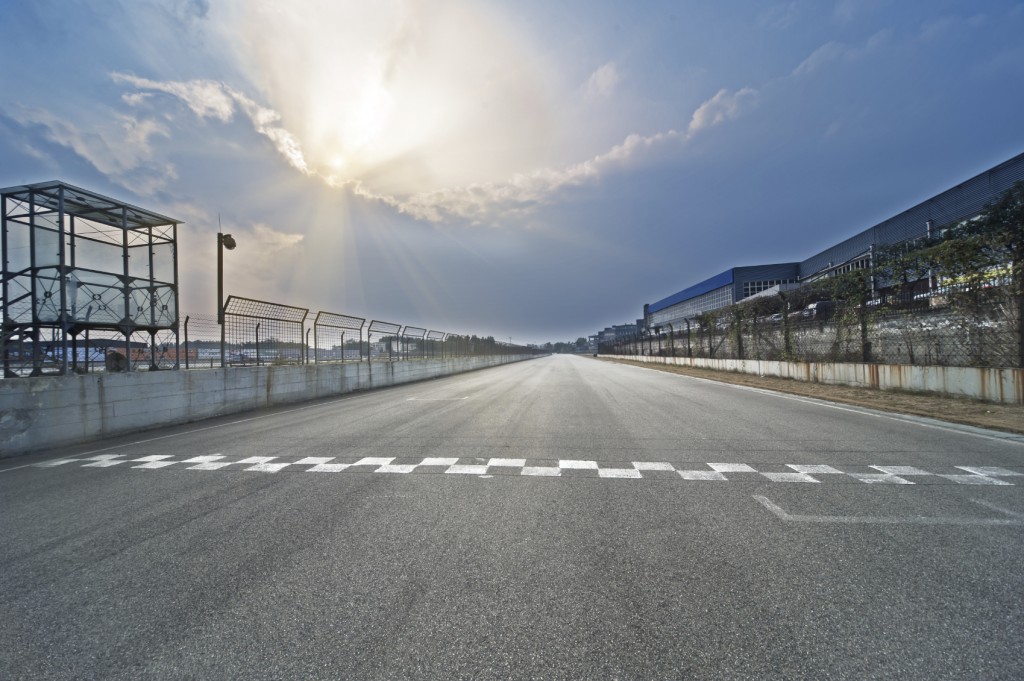Is Motorsport Engineering Tomorrow? (Part 1)
This past weekend has been a bumper one for motorsport, especially British motorsport, with Lewis Hamilton romping to take the win at Silverstone at an average speed of over 140mph. With the sheer speed and expenses involved it is easy to imagine that the world of F1 is miles away from that of the cars that we buy from the showroom.
The truth is though that motorsport and Formula 1 in particular has always paved the way for how road cars develop. Over the course of this two part blog we are going to take a look at some of the most important road car developments that have come straight from the world of Formula 1.

Tyres
With Formula 1 tyres lasting as little as 10-15 laps before being completely spent, it seems odd that road cars would take any cues from them. However, the constant developments made to F1 tyres mean that the compounds offer more grip as well as less wear. This means that commercially available tyres are becoming ever more safe and lasting longer than ever.
Wet weather grip is one of the areas in which F1 has really moved the game on with tyres offering exceptional levels of grip in spite of terrible conditions.
Suspension
Now as spring manufacturers, suspension is a language that we speak very fluently and Formula 1 has made incredible advancements in this area. With pushrod actuated fully carbon suspension it may seem like it will be decades before we see this current technology make the transfer to road cars but au contraire.
Lamborghini’s incredible 217mph, 700BHP rocket has pushrod suspension technology, designed and built in partnership with European Springs.
So next time you turn the key in your daily commuter, just remember where some of that technology started out.
Keep your eye peeled for part two of this blog in which we look at braking, efficiency and safety.
